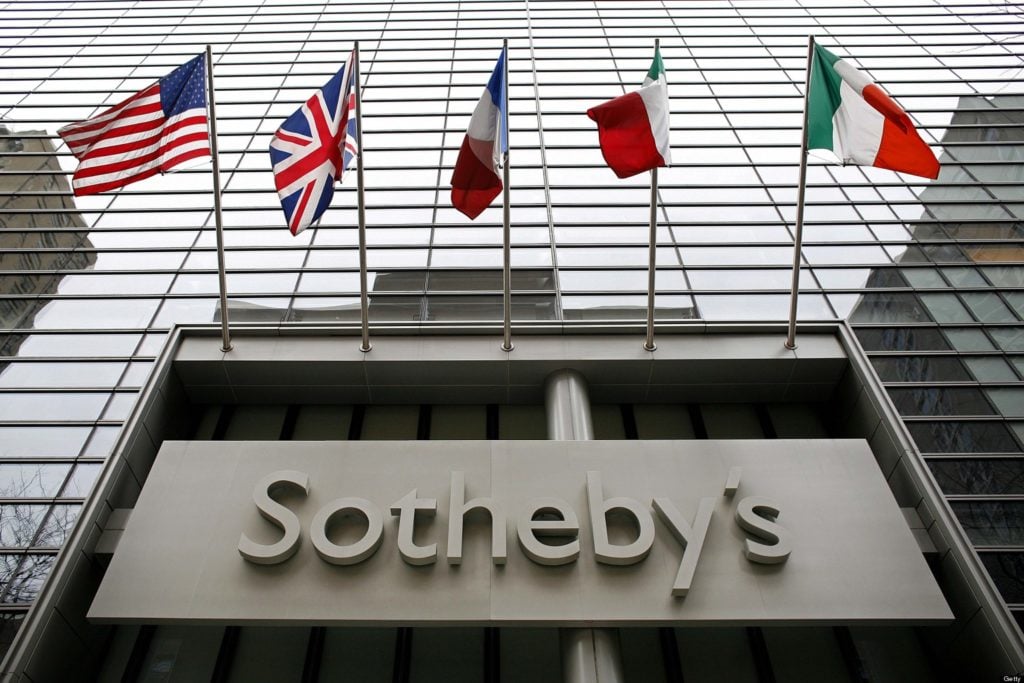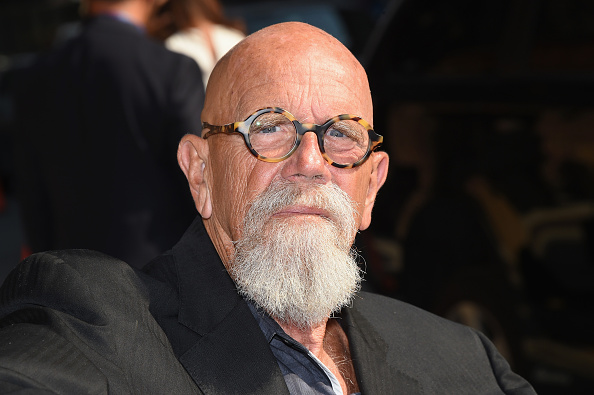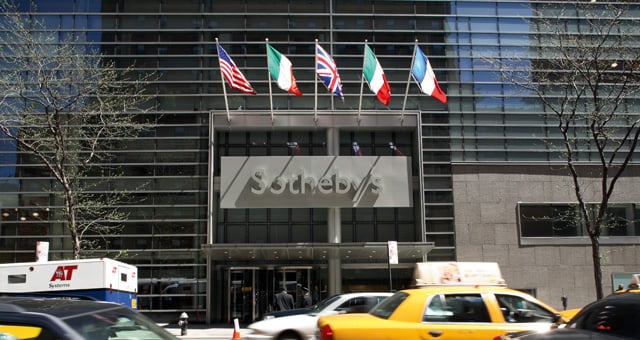Art World
Supreme Court Declines to Hear Artists’ Resale Royalty Suit—Who Wins?
Chuck Close and fellow artists have had their day in court—for now.

Photo: Sotheby's.
Chuck Close and fellow artists have had their day in court—for now.

by
Brian Boucher


Chuck Close.
Photo courtesy of Michael Loccisano/Getty Images.
The Supreme Court has declined to hear an appeal in a California lawsuit brought by artists including Chuck Close and the estate of Sam Francis against auction houses over resale royalties.
Both sides are interpreting the results to weigh in their favor.
The California Resale Royalties Act of 1976 requires auction houses to pay a five percent royalty to artists when their works sell at auction for more than $1,000, including to parties outside California. A California appellate court ruled in May that the part of the law applying to interstate commerce was unconstitutional, saying that it violated the Commerce Clause.
The artists sued Christie’s, Sotheby’s, and eBay for failing to pay royalties for some sales that were conducted in California.

Sotheby’s New York.
Image: Courtesy of Sothebys.com.
“We are very pleased with the decision of the Supreme Court,” said a representative of Sotheby’s in an email to artnet News.
“Christie’s is pleased that the US Supreme Court refused review in Sam Francis Foundation, et al. v. Christie’s, Inc., effectively making the 9th circuit decision striking down the California resale royalty statute outside California final,” said a representative of that house.
A supporter of resale royalty similarly interpreted the decision in his own favor, pointing out that the core of the California law still stands.
“I don’t view this as a negative,” said Theodore Feder, president of the Artists Rights Society, in a phone interview. “The appellate court decision confirmed the overall act while excluding the portion that can be viewed as applying to out-of-state sales, so the law stands without that phrase, and the Supreme Court upheld the California law without it. The California court could have called the whole thing unconstitutional, but did not.”
The plaintiffs also include Laddie John Dill and are represented by Ira Bibbero, in the California office of Browne George Ross LLP. He did not immediately respond to a request for comment.
“We knew this was a long shot,” said Eric George, representing the plaintiffs, in an email. “But sooner or later the Court will have to clarify issues involving the reach of the dormant commerce clause to nondiscriminatory state laws. In the meantime, the Ninth Circuit’s en banc decision to uphold California’s Resale Royalty Act for all in-state art sales is a tremendous win for artists. We will now proceed to prosecute our class claims for the royalties that the auction houses were legally obligated—but failed—to pay countless visual artists.”
The California court remarked that that the “invalid clause,” the one relating to interstate commerce, is “severable” from the rest of the Act. The result of that court’s decision is that the rest of the law stands.
Resale royalties are “a fundamental right enjoyed by artists around the world that we hope will finally be accorded to American artists,” Feder told artnet News in 2014. ARS, as an outside party in the case, filed an amicus brief in support of the plaintiffs.
Nicholas M. O’Donnell, of Sullivan & Worcester, told artnet News that the Supreme Court’s decision doesn’t necessarily indicate a position on the merits of the California law, saying that the Court typically takes cases when different circuits have issued contrasting opinions, which is not the case here.
Many artists have long felt that, when their works sell at auction at dramatically higher prices than the original sale price, they ought to get a cut, and some lawmakers agree.
New York Representative Jerrold Nadler has repeatedly put forth the ART Act, which would provide a resale royalty of five percent of the sales price, up to $35,000, for any work of visual art sold at auction for $5,000 or more. The royalty would apply only to auctioneers that have sold at least $1 million worth of visual art during the previous year.
Nadler has slammed Christie’s and Sotheby’s, saying that the houses pushed for concessions in the act but finally failed to support it despite winning those concessions. He says they negotiated with him in bad faith.
“If you’re a proponent of resale royalty, the Supreme Court declining to hear the case underscores the case that a national policy is needed,” O’Donnell said. “Of course, we do have a national level policy—there are no resale royalties. You could argue that this decision indicates a reason to unify things.